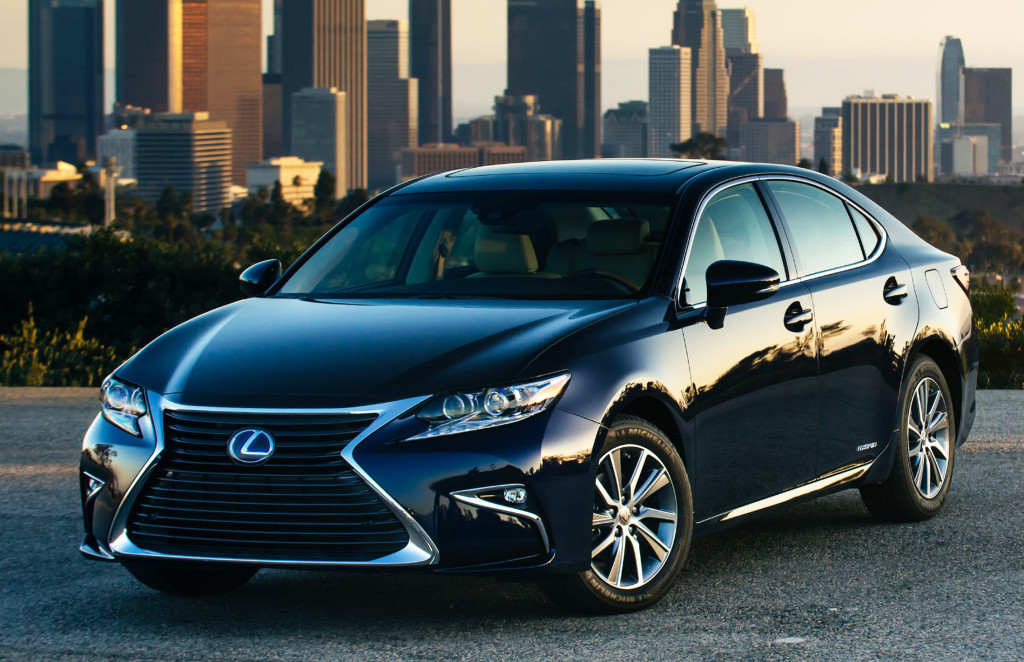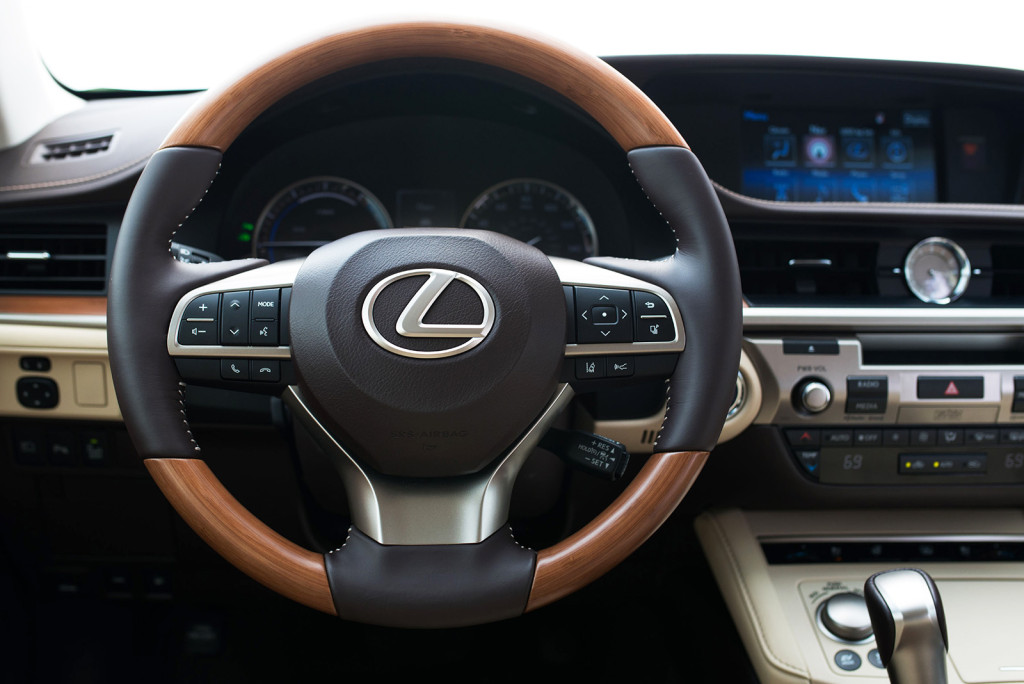Cargazing
By Derek Price
In my week behind the wheel of the Lexus ES, there’s one question I kept asking myself.
Why don’t more luxury cars drive like this?
There was a time when the very definition of upscale vehicles involved a soft, smooth, quiet ride over the road, which is what the ES does masterfully.
Today, things have turned on their head.
Modern luxury brands are all too often trying to carbon-copy what BMW has produced for decades: firm-riding, sporty, powerful, pulse-raising sedans.
There’s a place for that, sure. But does the world really need an army of BMW clones filling our roads? I don’t think so. That’s dystopian.
The ES is designed first and foremost to lower your heart rate, something that flies in the face of today’s excitement-obsessed luxury market. It’s part of the nearly extinct breed of traditional luxury cars built for people who want that isolated, silent, floating sensation that leaves you feeling so pampered at the end of a long trip. It’s heavenly.
The version I drove was the hybrid, too, so it wasn’t a fast car but did get awesome gas mileage. The federal government rates it at 40 mpg in city driving and 39 on the highway, which is impressive for a roomy, quiet luxury car.

The ES may share its bold front-end styling with Lexus’ sportier cars, but don’t be fooled. It’s actually quite sedate to drive, as any good luxury car should be. It’s one of the quietest, smoothest riding cars you can buy today.
Interestingly, despite its perennial bestsellers being the softest-riding models like the ES, Lexus is moving much of its lineup toward that BMW-inspired bandwagon. That explains why the ES has a laughably huge grille up front, as if it’s hiding a snarling engine, when it’s actually just trying to fit in visually with the sportier, sexier IS sedans and RC coupes, which have vastly different roadgoing philosophies.
As a whole, the ES drives like Dr. Jekyll and looks like Mr. Hyde, an odd, almost comical pairing.
Still, you’ve got to give Lexus credit for creating cars that are actually worth ogling. For years, its top complaint from critics — myself included — was its bland, predictable, uninspired styling. Today, Lexus doesn’t make a single car that deserves that complaint and makes quite a few that look stunningly, creatively beautiful, with the two-door RC perched atop my mental list.
Of course, the Lexus brand is most noteworthy for its quality construction, and the ES doesn’t disappoint. Everything inside feels so tightly put together, so well assembled, that you get the feeling it will last for all eternity.

Inside, the ES shows almost unimaginable attention to detail. Beautiful materials, perfect stitching and tight construction tolerances make it feel a notch more solid and durable than its competitors.
Granted, most other luxury brands have been catching up to Lexus’ standards lately. It’s not the far-and-away quality leader like it used to be, but when you run your hands along all the seams and feel how all the materials come together so precisely, it’s still a notch above most of its competitors.
Owner satisfaction bears that out, too. Lexus has spent five years in a row as the No. 1-ranked vehicle in the influential J.D. Power dependability study. That win streak is even more remarkable when you consider that as a luxury brand, its vehicles have more high-tech bells and whistles that could break. Surveys suggest they don’t.
Pricing starts around $38,000 for the ES and $41,000 for the hybrid version. My hybrid test car, with a long list of safety and luxury upgrades, rang up closer to $50,000.
At a Glance
What was tested?
2016 Lexus ES 300h Sedan ($40,920). Options: Blind spot monitor ($500), Lexus Safety System + ($1,015), power rear sunshade ($210), luxury package ($1,670), Mark Levinson premium audio with navigation ($2,650), one-touch power trunk ($400), intuitive parking assist ($500), rain-sensing wipers ($155), heated wood and leather steering wheel ($450). Price as tested (including $940 destination charge): $49,410
Wheelbase: 111 in.
Length: 192.7 in.
Width: 71.7 in.
Height: 57.1 in.
Powertrain: 2.5-liter gasoline engine with electric motor (200 total system horsepower)
Transmission: Electronic CVT
Fuel economy: 40 city, 39 highway
RATINGS
Style: 7
Performance: 4
Price: 8
Handling: 4
Ride: 10
Comfort: 10
Quality: 10
Overall: 9
Video Review:
2016 Lexus ES
bit.ly/16lexuses
Why buy it?
It’s built for people who want the soft, compliant feeling of a traditional luxury car, something that’s becoming harder to find with each passing year.
